16 Ways to Generate Stellar Content Ideas
It’s not long before you’re frustrated, thinking of everything else you could have done with your time and, eventually, you give up. Whether you’re new to content marketing or a veteran, this is an issue everyone faces. That’s why...

Sometimes, content ideas flow naturally. Other times, you find yourself staring at a blank page with no idea what to write. It’s not long before you’re frustrated, thinking of everything else you could have done with your time and, eventually, you give up. Whether you’re new to content marketing or a veteran, this is an issue everyone faces. That’s why we created a list of our go-to strategies for content inspiration. These ideas make it easy to uncover stellar topics that will bring your target audience directly to your blog: Reddit is a goldmine of content ideas for almost every industry. People actively ask questions and comment, so it’s easy to see what topics are most popular in your industry. For example, if I sell a keto product, I may head over to a couple of keto subreddits and browse through some of the most popular discussions. All of these topics will be excellent content ideas: This is a great way to find trending topics, and you can also Google variations of these questions with Ahrefs’ SEO Toolbar to see which keywords drive the most traffic. For example, the top-ranking page for the keyword “can you get into ketosis faster by fasting” generates approximately 1,400 monthly visitors. To find the best variation of the keyword, you can take the URL, plug it into Ahrefs’ Site Explorer, and click “Organic Keywords.” Scrolling through your competitor’s website will probably give you some content ideas. However, many of those topics may be too difficult for you to rank for or may not drive any search traffic. To solve this, use Ahrefs’ Content Explorer to find content in your niche with lots of search traffic and few or no backlinks. For example, a search for “fitness” across the billions of pages in the Content Explorer database will provide you with tons of relevant results. You can then filter for pages with 1,000+ monthly organic visits and fewer than five referring domains (linking websites) to find uncompetitive topics. PRO TIP Add a Domain Rating (DR) filter to see results from sites with a similar amount of “authority” to yours. It may be even easier to rank for these topics. In every industry, there are plenty of standard best practices that are rarely challenged. Therefore, you can create unlimited content ideas by taking a contrarian stance on some of these best practices. Here’s an excellent example of a contrarian post: “Rich Dad Poor Dad” is a fairly popular book among many entrepreneurs, so making a bold statement and saying it is wrong will grab a lot of attention. To develop ideas that you can turn into contrarian posts, think of widely accepted industry advice you’ve executed that produced subpar results. For example, many SEOs rave about broken link building. While there are plenty of case studies that show it can work, my personal experience with the tactic is this: Although it generates some links, it’s hard to scale. Therefore, I quit building links and, instead, focused on creating original data and incorporating it into my blog posts. As a result, writers in need of fresh statistics for their own content found my posts and organically linked to the statistics. Unlike my first attempts at link building, I found this method enabled me to scale faster with minimal additional effort after my post was published. In this case, I can write a contrarian post saying why I don’t believe manually building links is an efficient use of resources and why I write data posts instead. The only caveat with this method is that you really need to have a convincing contrarian standpoint. Otherwise, you may just send a red flag to readers. For example, if I say that I don’t believe links are valuable and have no convincing counterargument of what you should do instead, I will probably just lose credibility. Recently, I hosted a lunch for content marketing managers through Jimmy Daly’s Slack channel and asked each person (about 18 people in total) about their top content marketing challenges. I received answers like hiring freelancers, improving focus, and improving post efficiency. Any of these pain points can easily be turned into posts. To execute a virtual lunch like this, find an actively engaged Slack or Facebook group (ideally 10+ posts per day) and create a post telling members you are willing to send them free lunch. (I used pizzatime.xyz to do this.) If the group is engaged enough, you’ll probably see decent interest. For your reference, here’s a screenshot of the exact message I sent: If you don’t want to connect with people face to face, you can even just DM your audience and ask about their pain points relating to your industry. Sometimes, all you need is a headline framework to get you started. For example, if you want to write about something related to content marketing or SEO but have no idea what to write about, you can always look at popular headlines. YouTube is one of my favorite places to search for great headlines. For example, Thomas DeLauer is a health and fitness influencer with many excellent headline frameworks. If you want to write something about SEO or content marketing, you can take one of these headlines and modify it. For example, here’s how I can modify some headlines: As you can see, I moved away from the “clickbaity” style of these headlines, but they still gave me some inspiration to create a framework for my blog posts. Customer success and sales teams talk to your customers and prospects daily, so take some time to interview them. Through these interviews, you can uncover exactly what pain points push your customers to purchase your product or service. Once you know what pain points drive your customers to make a purchase, it’s not too difficult to find a keyword to match a pain point. By using this process, you can always be sure that your content will drive higher-quality traffic. During these interviews, ask questions like, “Is there an event that typically happens before the customer makes a purchase?” and “Which features are they most excited about and why?” For example, I’m working with a coaching platform. And during one of these interviews, I discovered that most people make a purchase not because they want to sell more courses but because they want to improve their NPS scores and course completion rates. With this pain point in mind, I decided to have the first post target an NPS-related keyword. “People Also Ask” boxes show up in Google search results and answer questions related to the query. For example, if we search for “best wine glasses,” we see other related questions that searchers ask: If you sell wine glasses, some of these are great questions to write blog posts about. However, what the PAA boxes don’t tell you is how many people are searching for these questions in Google on a monthly basis. That’s important information if you’re writing blog posts with the intention of ranking on Google. If you want to find questions about a topic that people are actually searching for, you’ll need a keyword research tool like Ahrefs’ Keywords Explorer. Here’s how to do it: For example, we see over 5,500 keyword ideas containing the term “wine glasses”—complete with their estimated monthly search volumes: Many of these keywords are excellent for an e‑commerce store that sells wine glasses. Combing through your existing case studies is another excellent method to uncover customer pain points. For example, Chili Piper has a great case study about helping a customer improve their pipeline. This shows us that improving the sales pipeline is a pain point that Chili Piper can solve, so it is wise to search for keywords around improving sales pipelines. To find these keywords, you can plug “sales pipeline” into Ahrefs’ Keywords Explorer and see what people are searching for around this topic. The Matching terms report is particularly useful, as it shows you all keywords that contain “sales pipeline.” You can also filter by Traffic Potential, Keyword Difficulty (KD), and more. If you want to quickly obtain a list of keywords that are likely driving conversions, check out your competitors’ paid keywords. You can do this in Ahrefs by entering a competitor’s URL into Site Explorer and then clicking on “Paid Keywords.” From there, you can see which keywords are most valuable to that competitor and swipe them for your own content. If a person decides to purchase small-business accounting software and is trying to choose between Quickbooks and Freshbooks, they may Google “quickbooks vs freshbooks.” Or if they’re already using Quickbooks and want to switch to something similar, they may Google “quickbooks alternatives.” Therefore, finding who your customers compare you to and writing a competitor comparison post (Brand A vs. Brand B) or competitor alternative post (Brand A Alternatives) is a great way to capture high-quality traffic. In fact, if you don’t create content for these keywords, your competitors probably will. So it’s best if you write the post first (or craft a better post that ranks higher) to control the narrative of your brand. These keyword frameworks also tend to convert, as the searchers are further down the purchase process. To find these keywords, you can plug your own brand into Ahrefs’ Keywords Explorer and add “vs” and “alternatives” to the filter. Select “any” (rather than “all”), and the tool will pull up a list of keywords. This will show you who searchers compare your brand to and other options your potential customers are thinking about. As you’re creating these posts, be sure to make it a fair comparison. If the post blatantly favors your brand, readers will be able to tell and won’t read it. If you want to see an example of a quality competitor comparison post, check out ours here. People love to read about others’ adventures and stories. That’s why social media is so popular. So the next time you’re stuck and can’t think of anything to write about, recall some of your past experiences and document them. In fact, some of my best posts are stories of how I failed at something, uncovered the problem, and fixed it. For example, I wrote a post for Single Grain about content updating after: The company’s marketing manager later told me that several people reached out to him after reading the post and mentioned that it had a significant impact on them. Tim Ferriss is also an excellent example of this and even calls himself “the human guinea pig.” He experiments with diets, productivity routines, businesses, etc., and then documents the journey. To help you get started, think back to the last failure or success you had that is relevant to your industry and write about what you learned. While keyword research tools can show you what people have searched for, social media can show you what people are talking about right now. For example, if you’re in the crypto space, social media is probably one of the best places to source content ideas because the industry changes so quickly. One way to do this is to follow hashtags. For example, you can enter a hashtag on Twitter and sort the results to only show people you follow. The Metaverse continues to make waves. How can marketers leverage the Metaverse? #Metaverse #Crypto #CryptocurrencyNews #MarketingTwitter @TechInsider @ThatChristinaG @SwordandSpark pic.twitter.com/nTnMtG8fxW Another way to find the most highly shared content is to use Ahrefs’ Content Explorer. You can include your broad keyword in the title and then apply filters to only show the results published in the last 90 days that also have at least 100 Twitter shares. As you can see, this pulls up a few different content ideas: If your competitors care about SEO, they probably already have content that’s ranking on Google and getting lots of organic traffic. These pages are often sources of great content ideas. Here’s how to find your competitors’ top-performing content: For example, if we do this for one of our competitors, we see that they have a page about google search algorithm changes that gets an estimated 8,000 monthly search visits: This is a potentially great topic for us to write about. If you’re feeling really stuck, blog idea generators can also help you get started. For example, Hubspot has a free blog idea generator. Just plug in a few different broad keywords, and it will show you a number of ideas: If you have a more complex product or service with multiple features or services, make a list of the pain points each of those features/services solves. For example, I worked with a chatbot company that offers an automatic “comment to message” feature. So essentially, as soon as someone comments on your Facebook post, the bot will send them a chat message. Therefore, the company created a post on how to message Facebook commenters, and it ultimately generated a 15% conversion rate (visitor to free trial user). While most of us are focused on creating new content consistently, sometimes the best results come from updating content you already have. I used this strategy to help one client double their traffic to existing blog posts (9,000 monthly visitors to 18,000 monthly visitors). To maximize your ROI from content updating, prioritize updating posts that previously performed well and have recently lost the most traffic. You can do this by plugging your URL into Ahrefs, clicking “Top Pages” (under Organic Search), and then setting the comparison date range to the past three or six months. From there, filter the results by the most traffic loss (click on “Change” so that the tool orders results by posts that have lost the most traffic). As these posts have lost significant traffic in recent months, it’s worth investigating further to see if updating them can increase search traffic once more. The above ideas are our go-to strategies for generating content ideas in 2022. The key to generating endless content ideas is to start by understanding your customers’ pain points and then brainstorming ideas that can help them solve those pain points. If you can also tie the solutions back to your product, you’ll be well on your way to generating a strong ROI from your content efforts.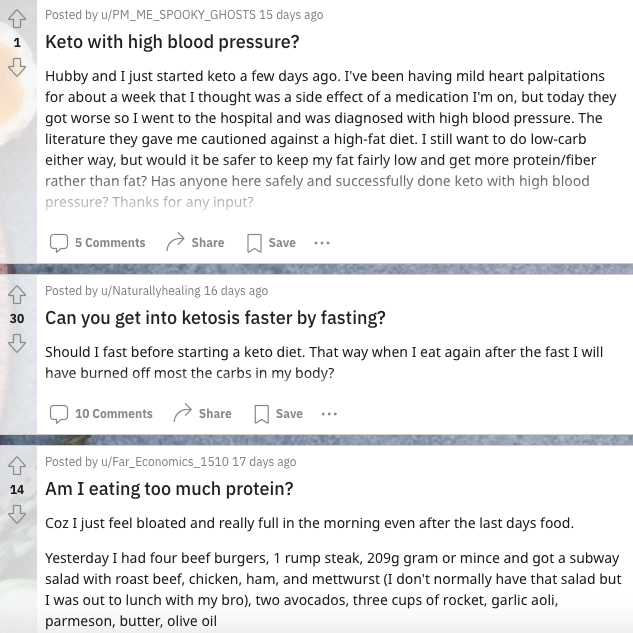
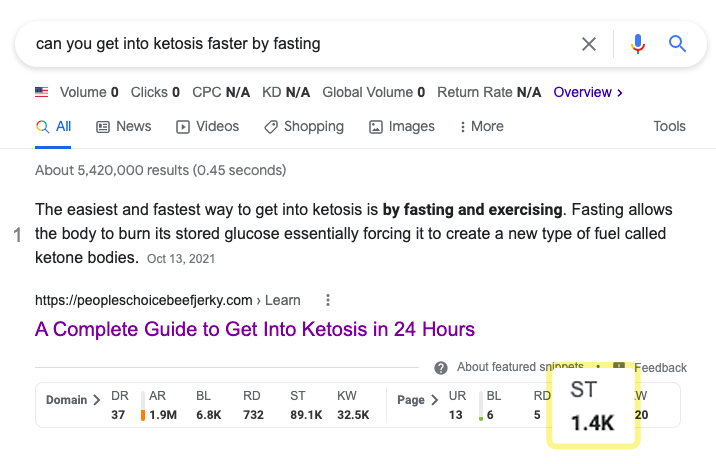
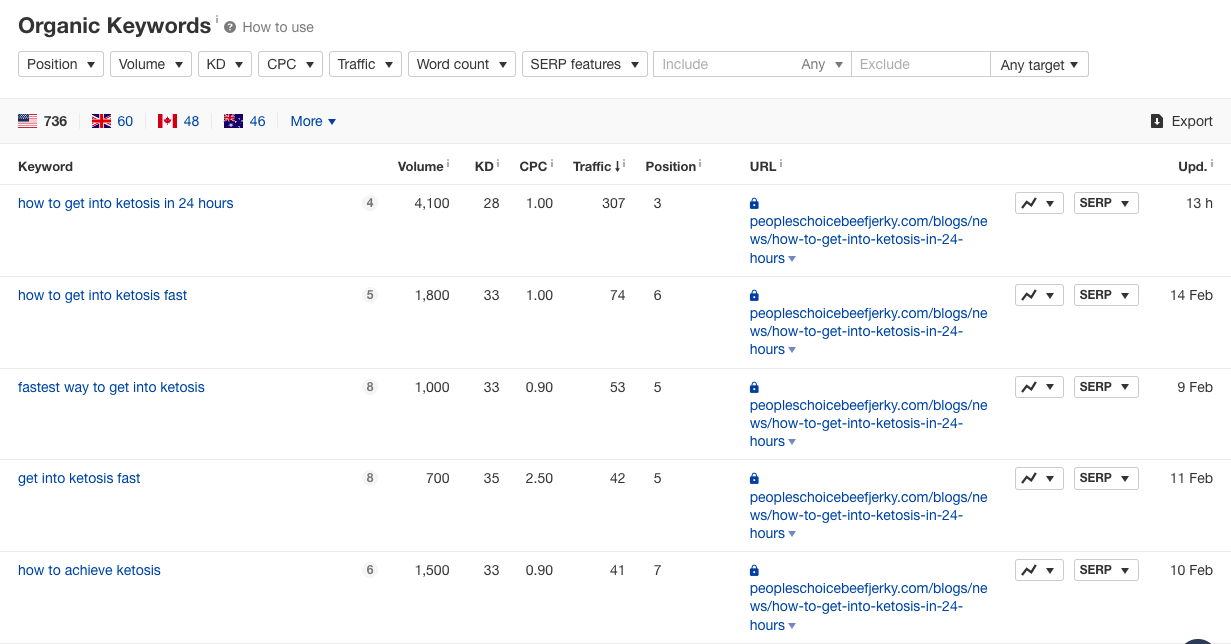
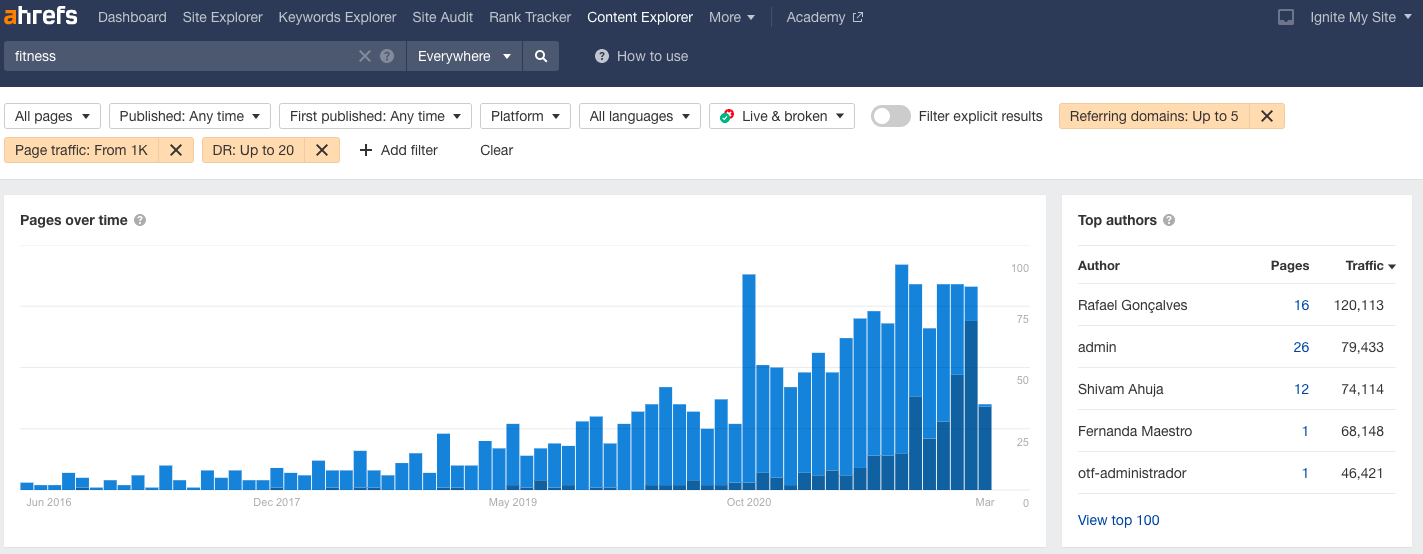
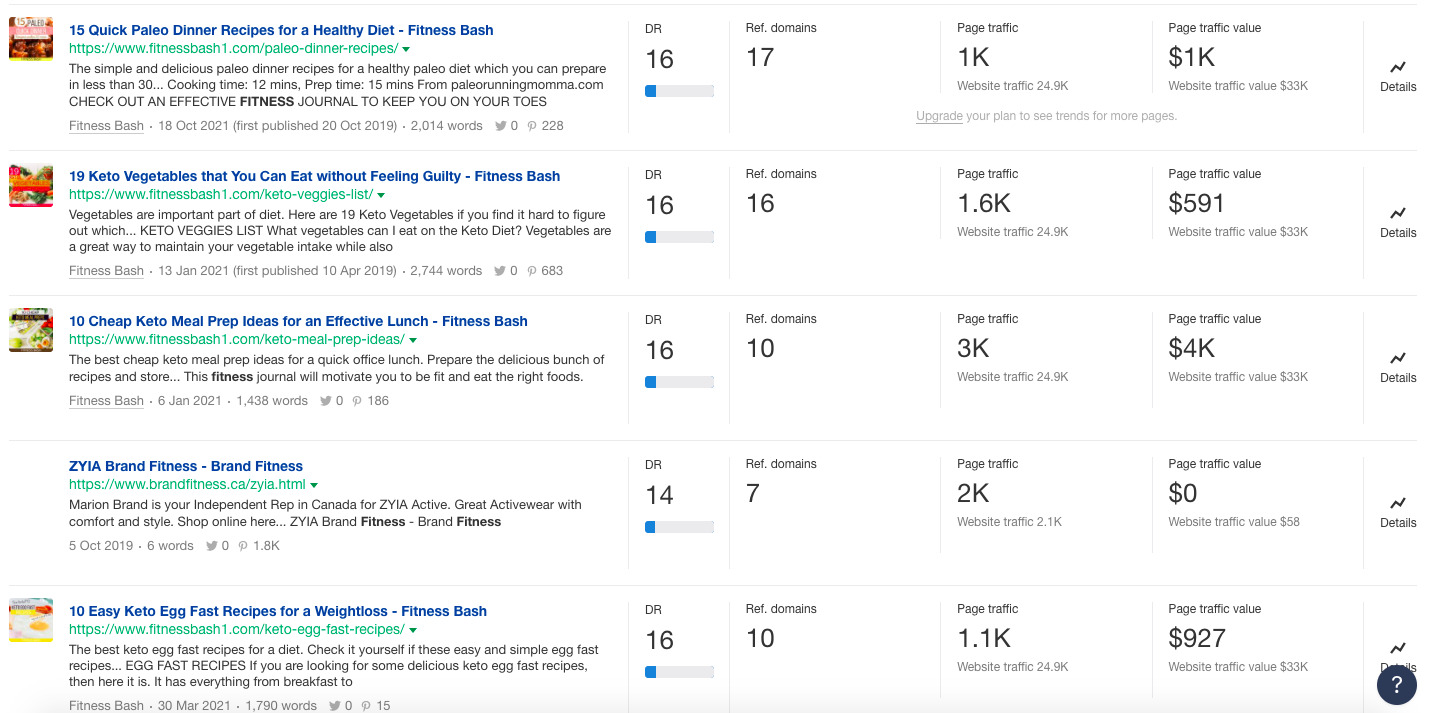

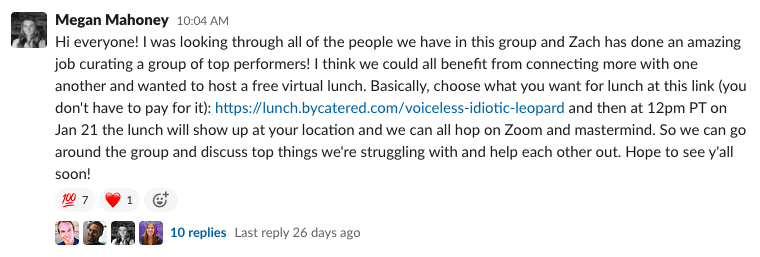


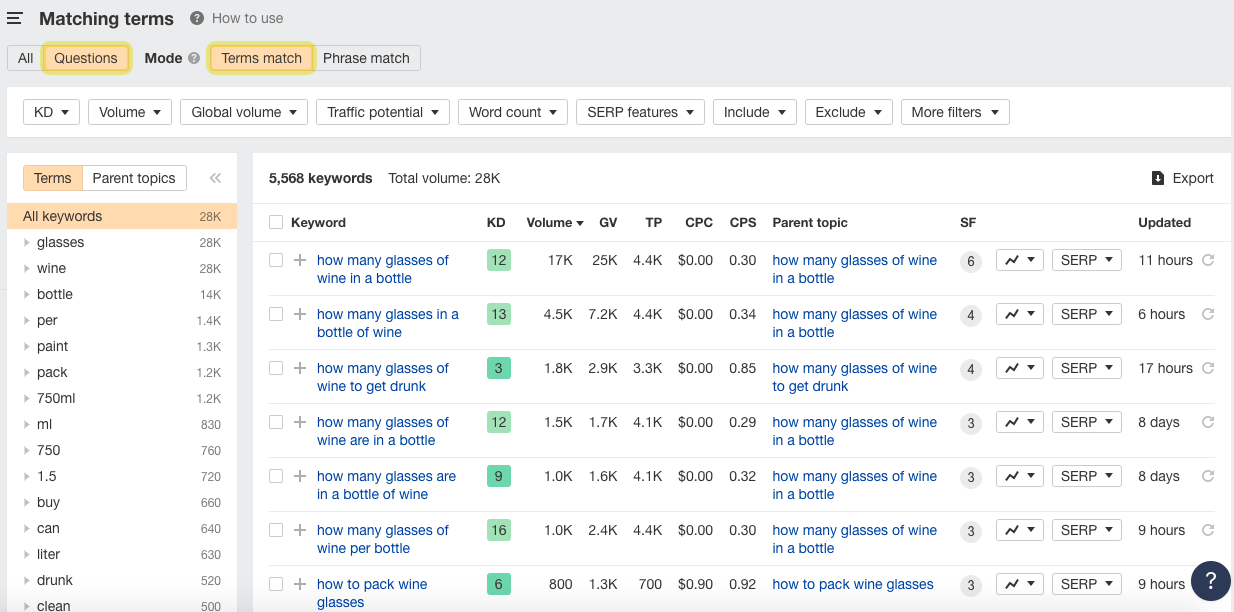

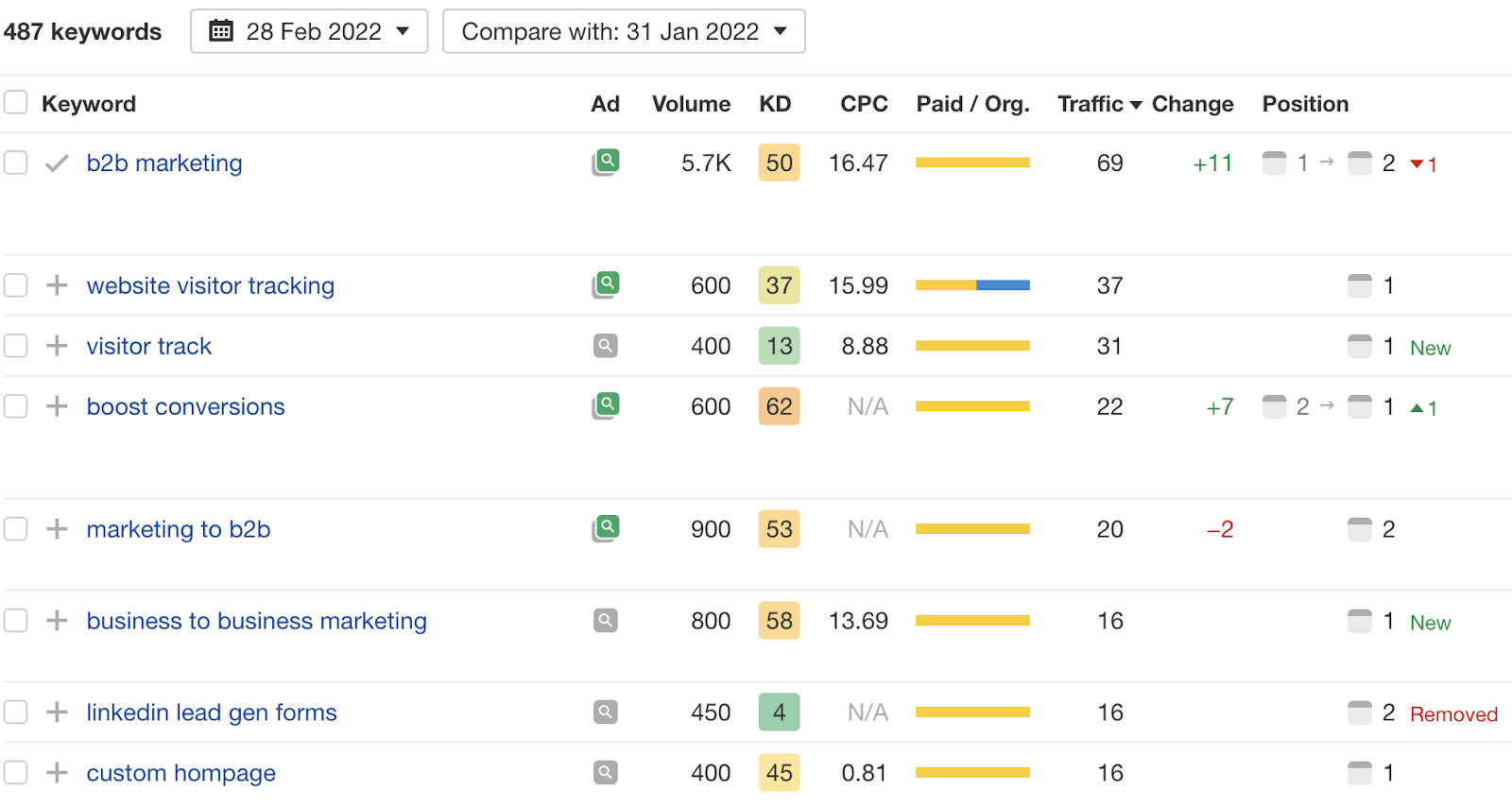
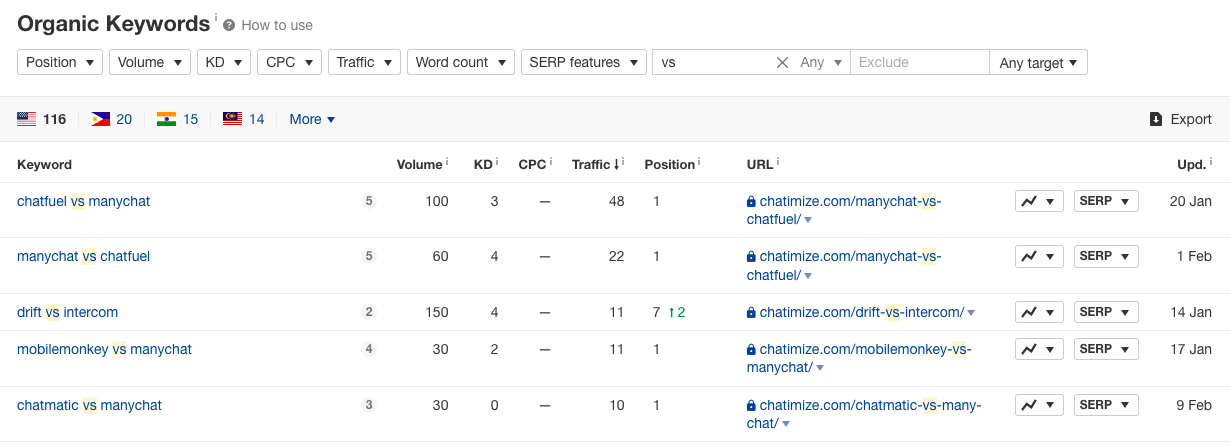

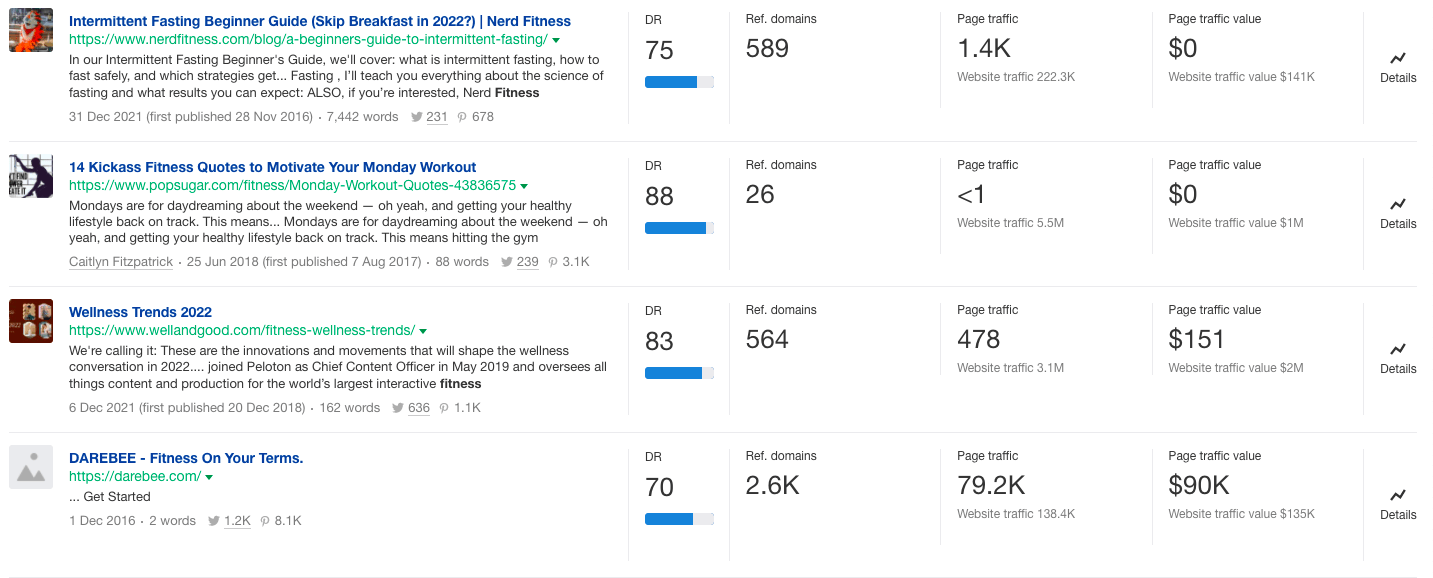
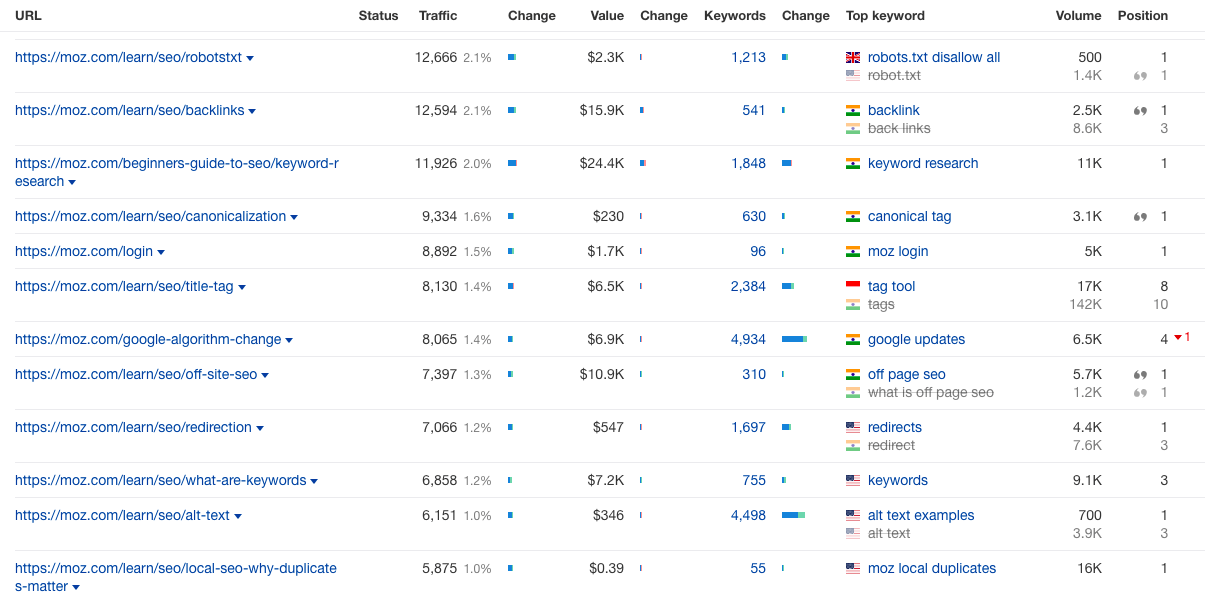


Final thoughts

 Lynk
Lynk 































